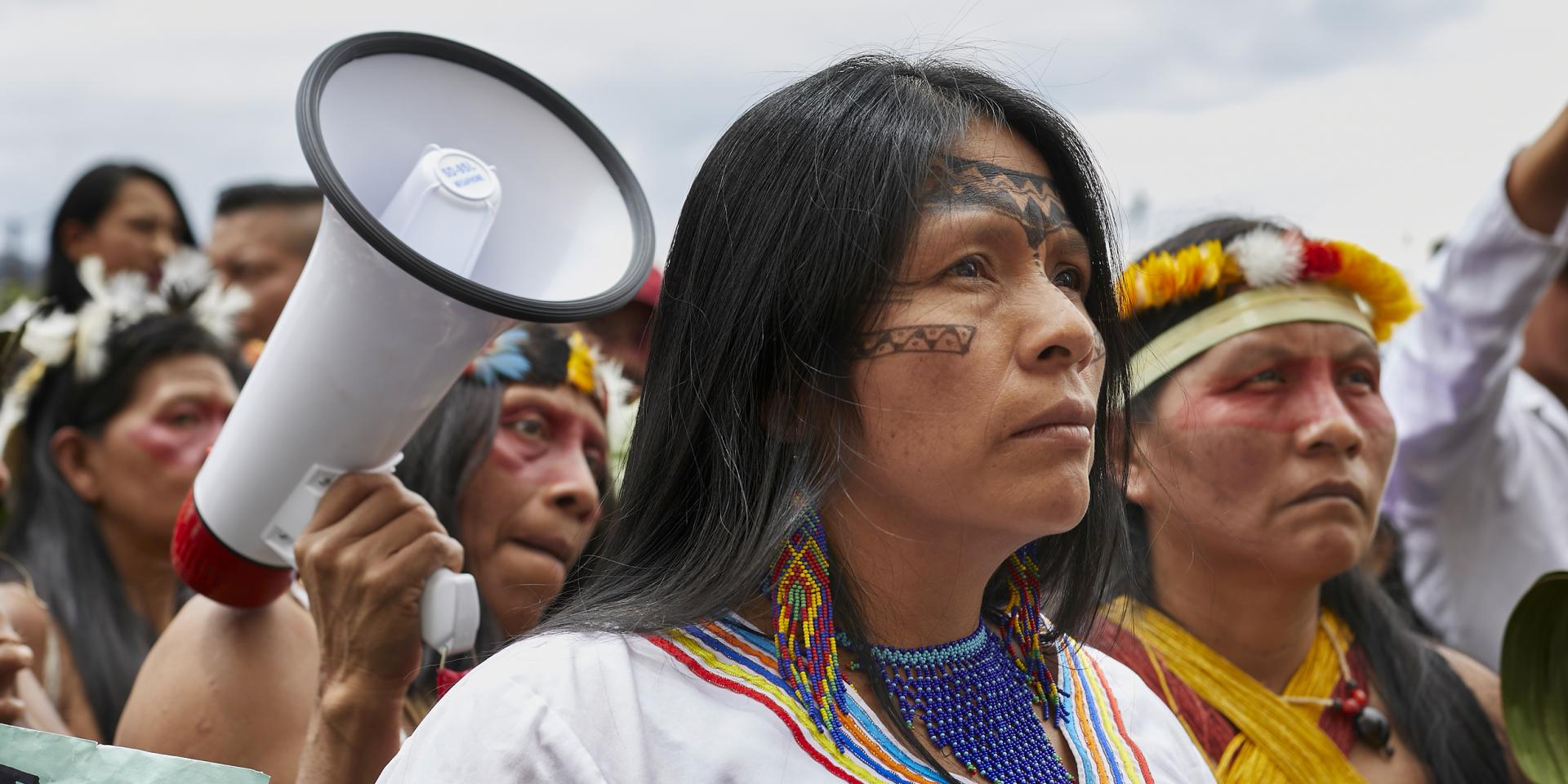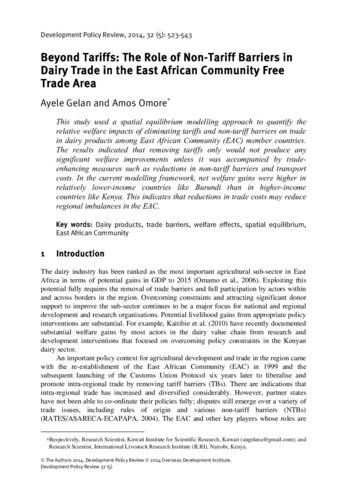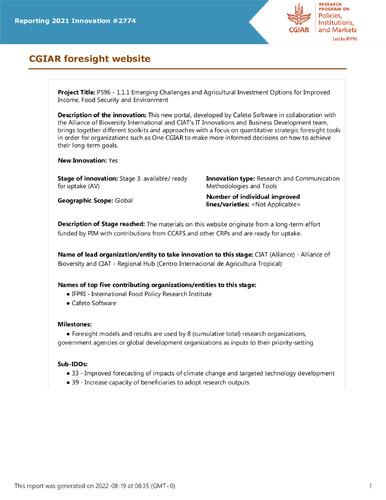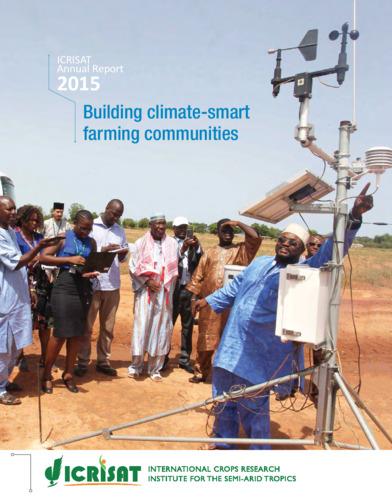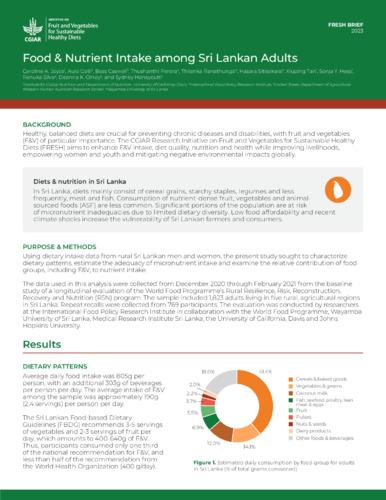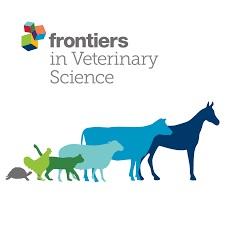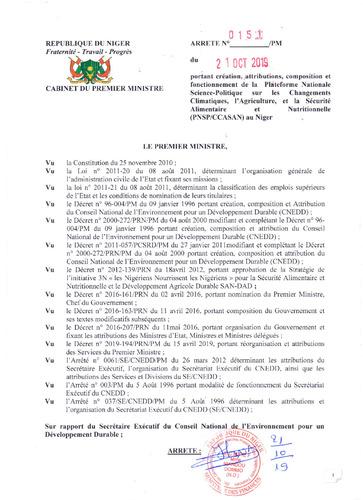Brief
Joyce, Caroline A.; Gelli, Aulo; Caswell, Bess; Perera, Thushanthi; Ranathunga, Thilanka; Sitisekara, Hasara; Tan, Xiuping; Hess, Sonja Y.; Silva, Renuka; Olney, Deanna K.; and Honeycutt, Sydney. 2023. Food and nutrient intake among Sri Lankan adults. FRESH Brief December 2023. Washington, DC: International Food Policy Research Institute (IFPRI).
